Your cart is currently empty!
Category: Educational Resources

The cannabis industry is rapidly evolving, with cannabis-infused beverages emerging as an intriguing trend that redefines consumption methods. These drinks offer discreet consumption, a variety of flavors, and precise dosing, capturing consumer interest for their convenience and novel experience. Beyond ease of use, they may aid in anxiety relief and stress management. The market is…
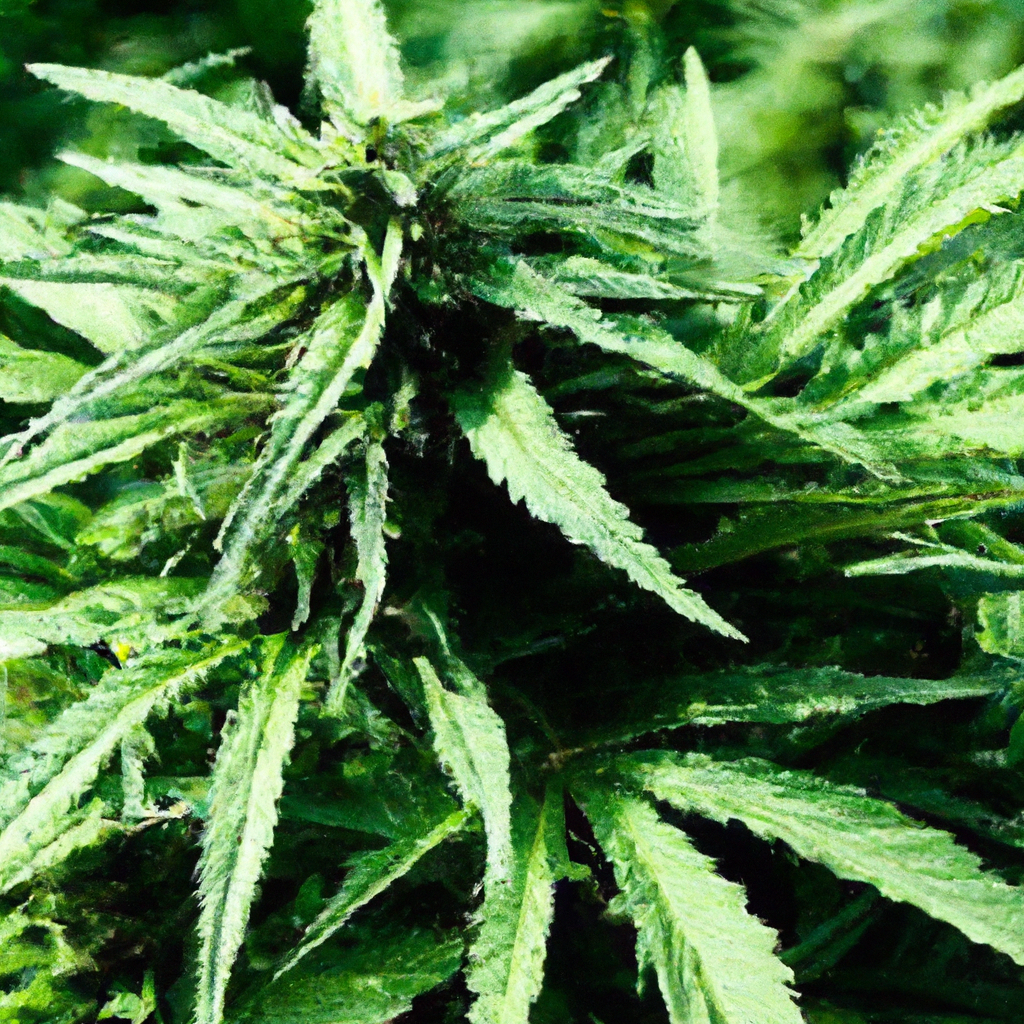
Explore the advantages of organic growing methods in cannabis cultivation, which offer significant environmental benefits and enhanced product quality. By avoiding synthetic chemicals, organic practices promote soil health and biodiversity, resulting in richer flavors and therapeutic compounds. Aligned with sustainability goals, these methods support water conservation and renewable energy, appealing to eco-conscious consumers. Understanding and…
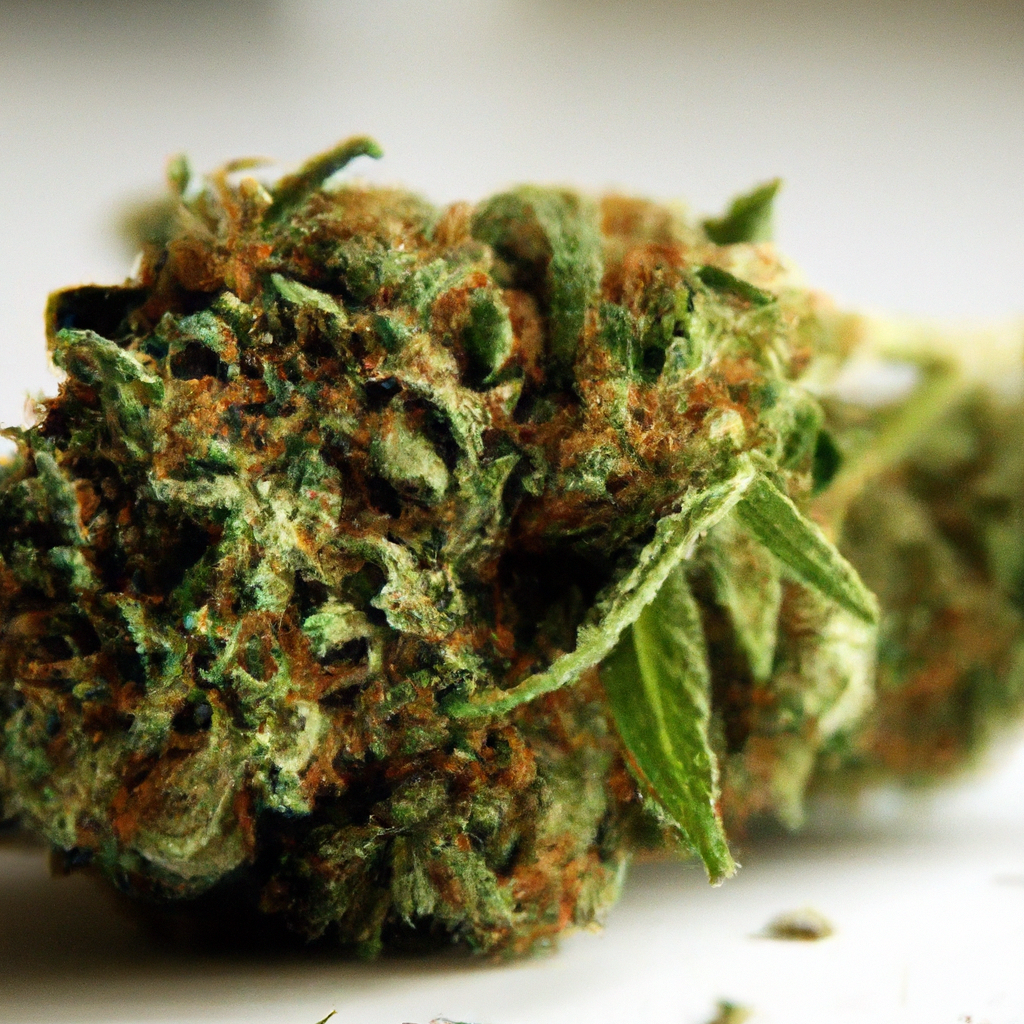
Cannabis is increasingly explored for anxiety relief due to its interaction with the body’s endocannabinoid system. The compounds THC and CBD play different roles, with CBD showing promise in reducing anxiety without the psychoactive effects of THC. Research and anecdotal evidence suggest cannabis, particularly CBD, might help manage anxiety symptoms. However, THC can intensify anxiety…
Discover the rich history of cannabis cultivation, from its ancient roots in China and India to modern practices like hydroponics and aeroponics. This exploration highlights the evolution of traditional methods, the rise of selective breeding, and future innovations such as Smart Agriculture. As we move toward sustainable and efficient cultivation, the balance between tradition and…
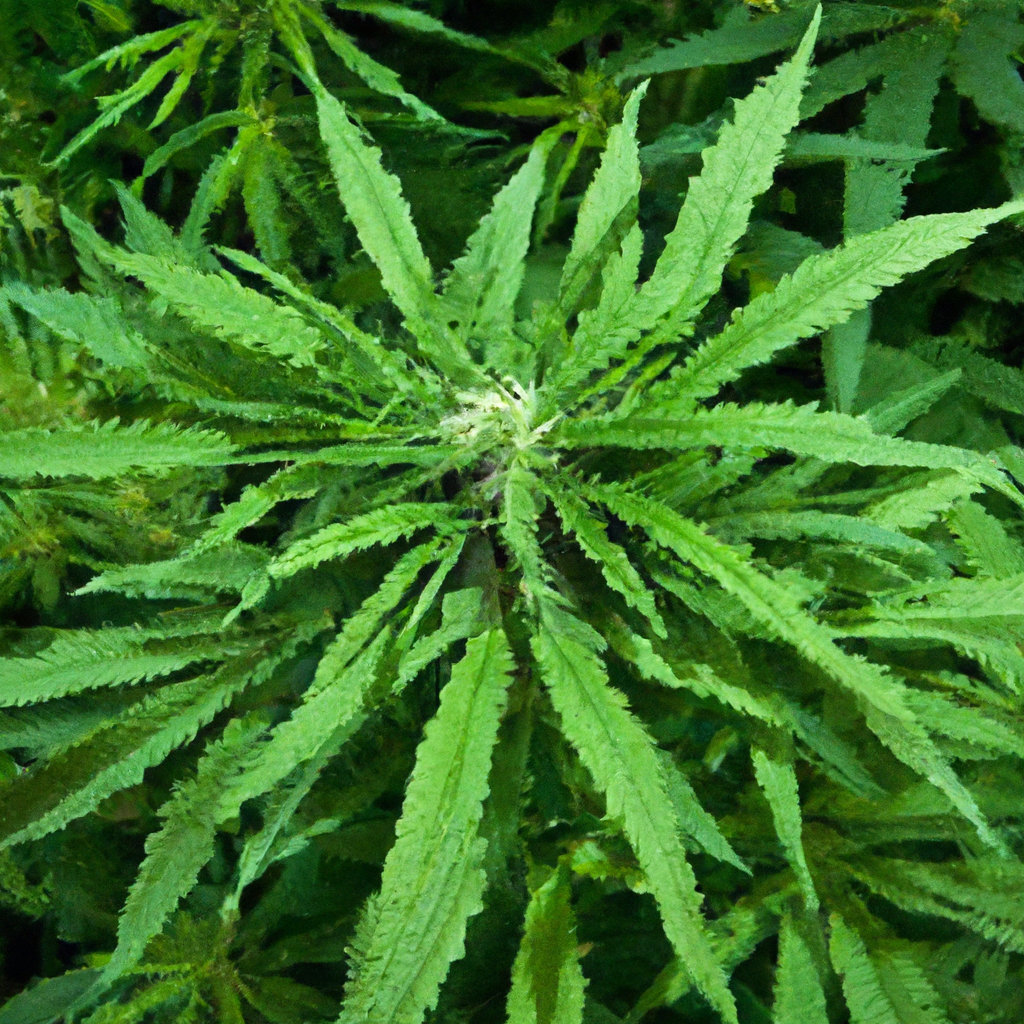
Cannabis cultivation is making significant strides in sustainable farming through crop rotation. By incorporating cannabis into these traditional systems, farmers can enhance soil health, boost biodiversity, and improve crop yields. Cannabis’ diverse nutrient needs and natural pest control properties benefit the soil and decrease the reliance on chemical interventions. A real-world example from a Kentucky…

As cannabis legalization spreads globally, its adoption in veterinary medicine emerges as a promising yet complex frontier. The interaction of cannabinoids with the endocannabinoid system present in many animals can potentially aid in managing conditions such as pain, inflammation, and anxiety in pets. Although scientific research is limited, anecdotal evidence suggests benefits from CBD, a…
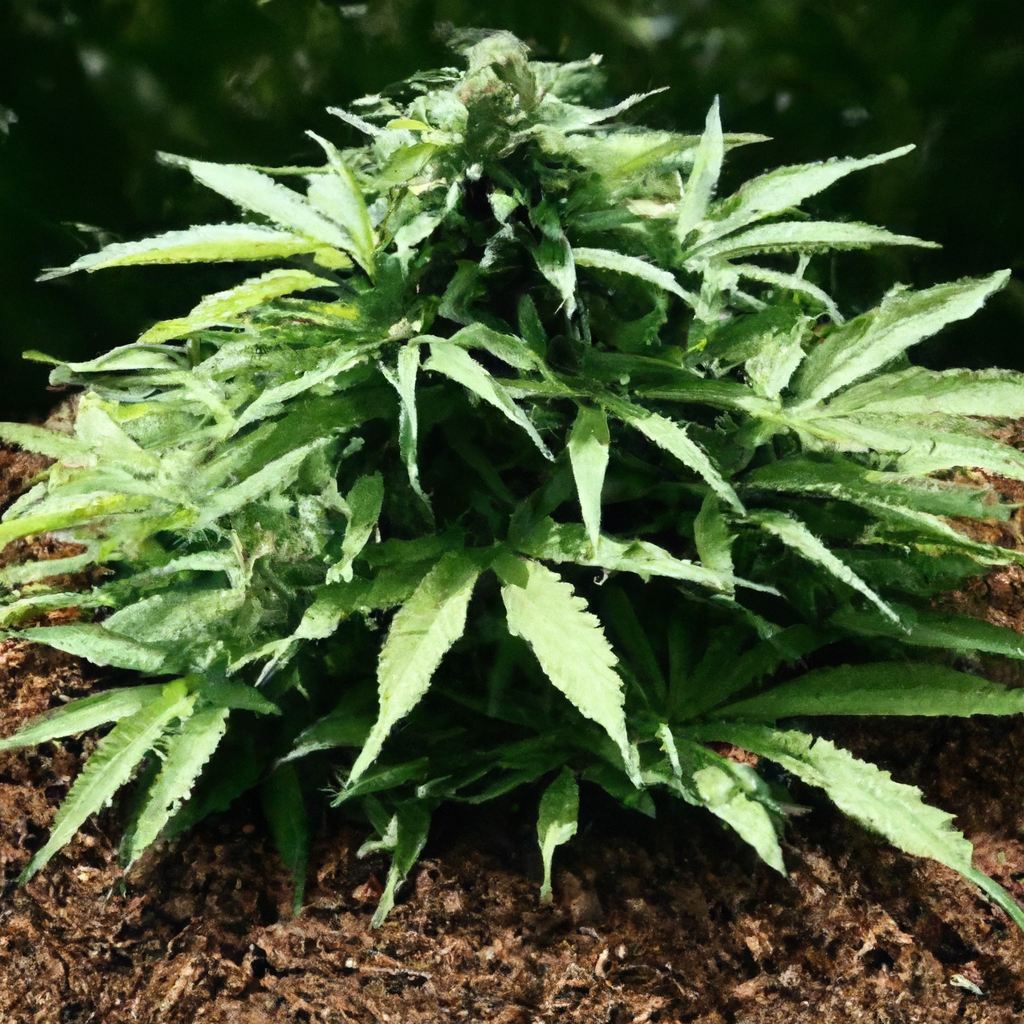
Cannabis cultivation offers significant benefits to soil health, contributing to sustainable agriculture. The plant aids in nutrient cycling, enhances microbial diversity, and adds organic matter after harvest, improving soil structure and moisture retention. Studies show cannabis fields have higher soil organic matter and microbial biomass, leading to better crop yields. Integrating cannabis into farming practices…
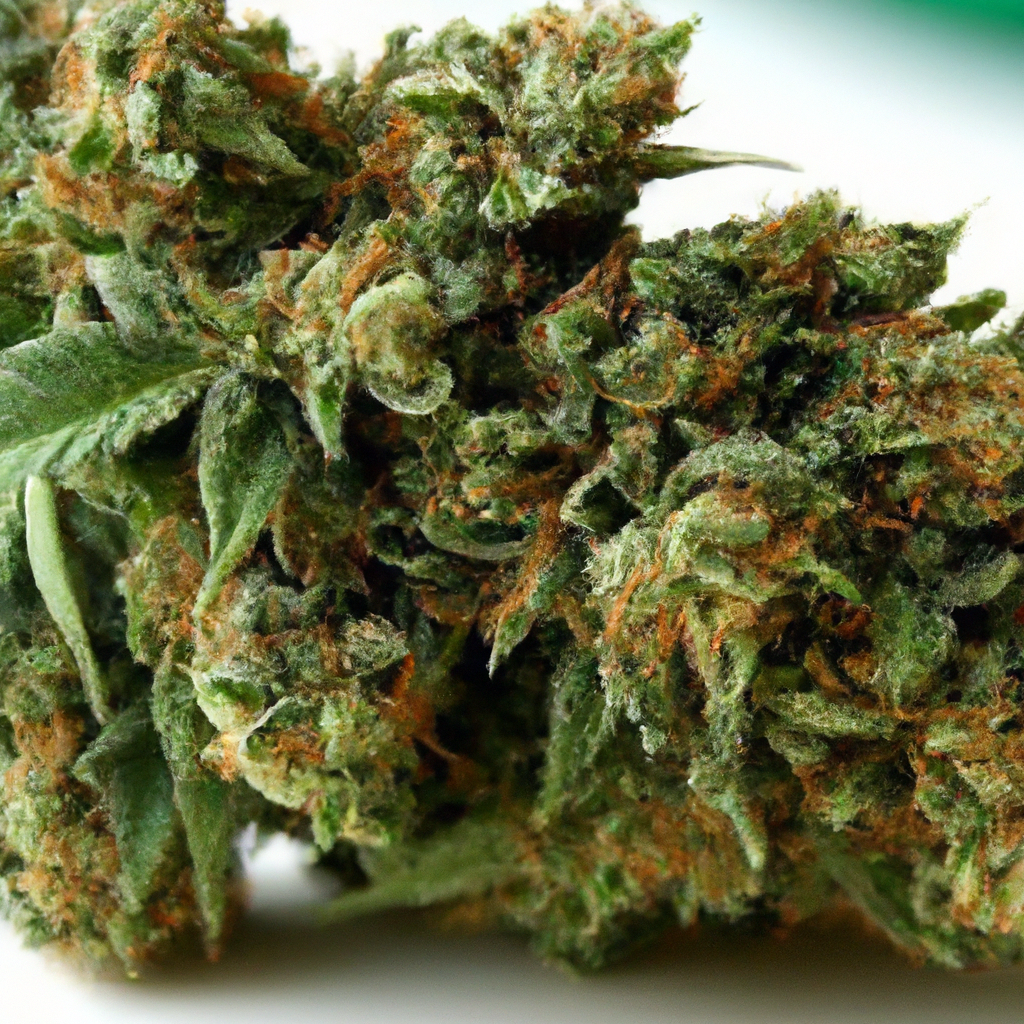
The blog post explores the evolution of cannabis from ancient landrace strains to modern hybrids, emphasizing the unique characteristics and benefits each type offers. Landrace strains are genetically stable and have distinct flavors due to their adaptation to specific climates, while modern hybrids are developed for increased potency, diverse therapeutic benefits, and selected traits like…
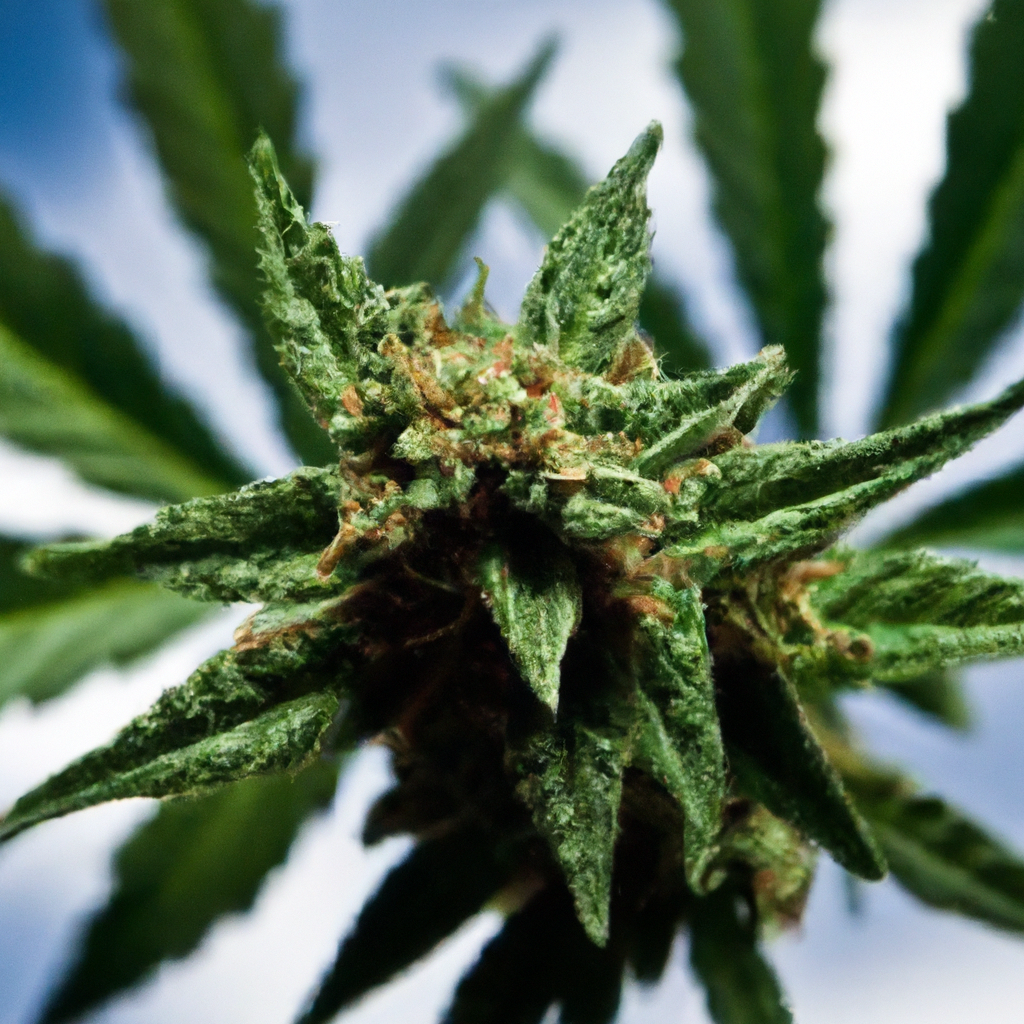
The intersection of cannabis and cognitive wellness merges ancient practices and modern science, exploring the effects of cannabis on memory, focus, and creativity. Key cannabinoids, THC and CBD, interact with the endocannabinoid system, influencing cognitive functions. THC can alter short-term memory, while CBD may offer neuroprotective benefits. Certain cannabis strains, including sativas, are reported to…
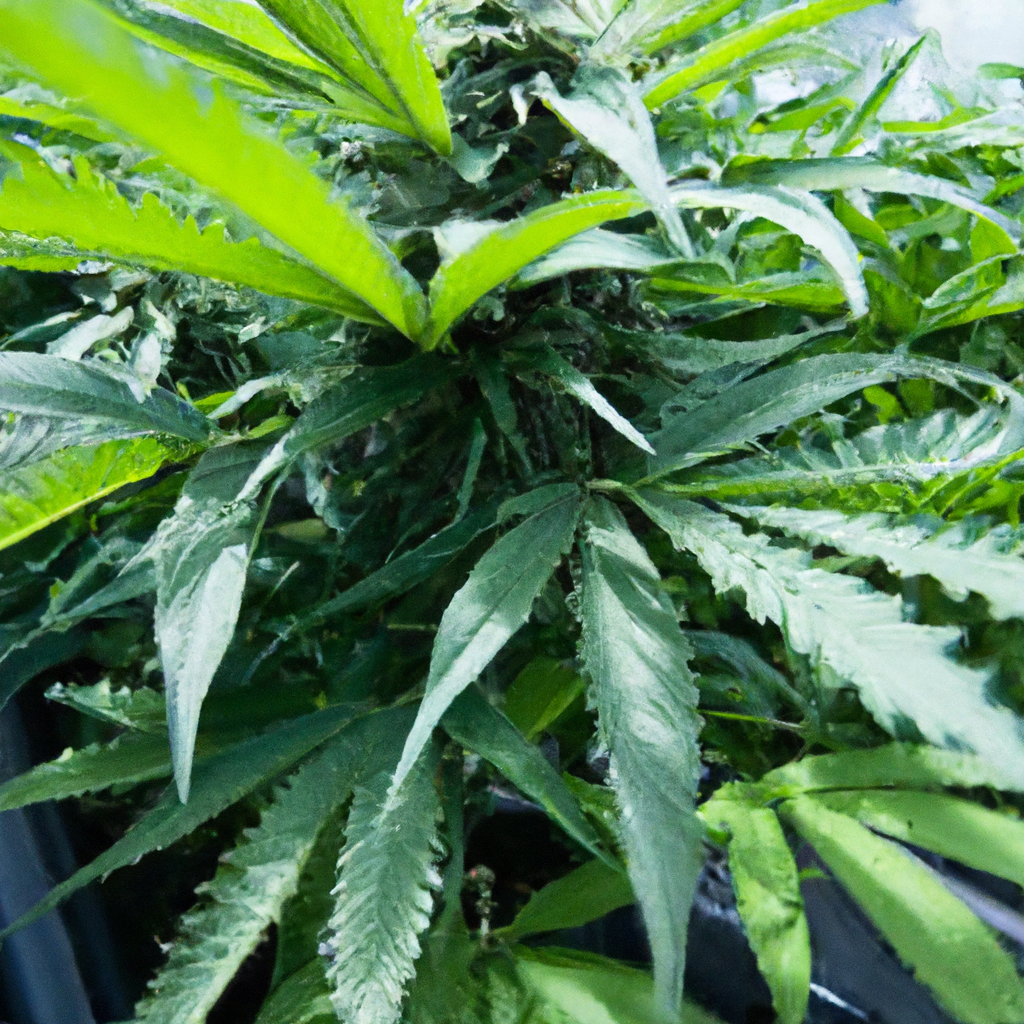
HVAC systems are crucial for indoor cannabis cultivation, ensuring optimal temperature, humidity, and air circulation, which are vital for plant health and yield. By maintaining consistent temperatures, managing humidity levels, and ensuring proper air movement, growers can prevent mold, mildew, and plant diseases while optimizing photosynthesis and terpene production. A California case study highlighted a…
